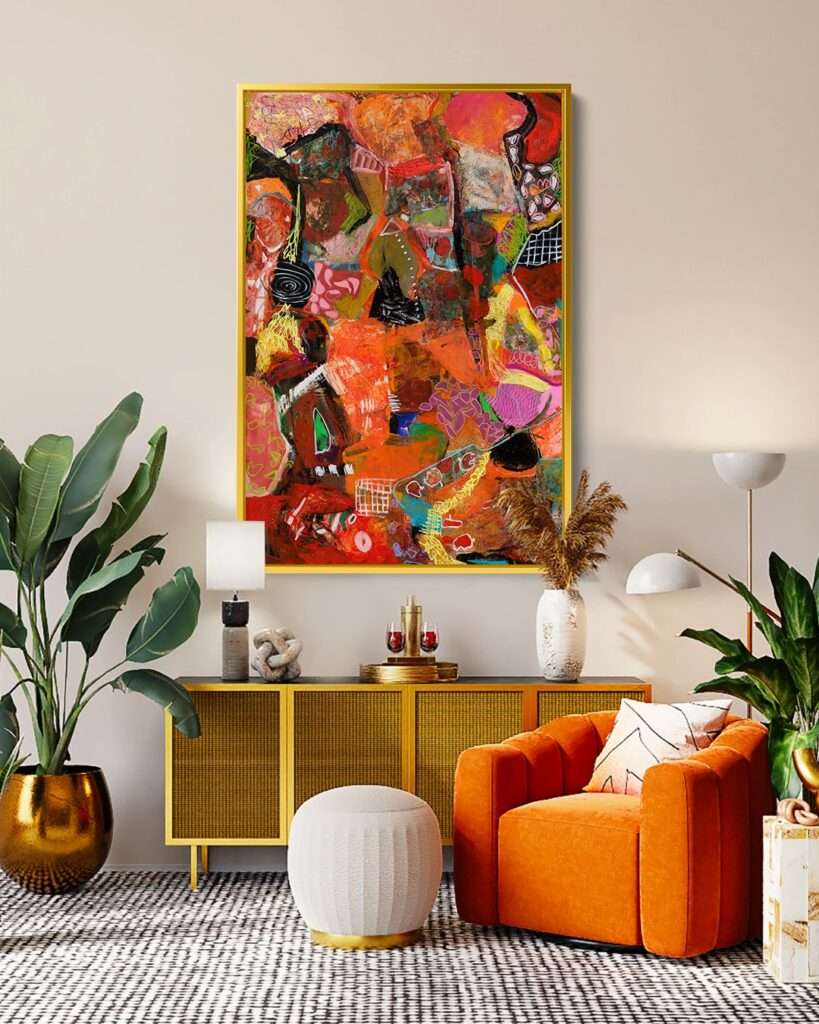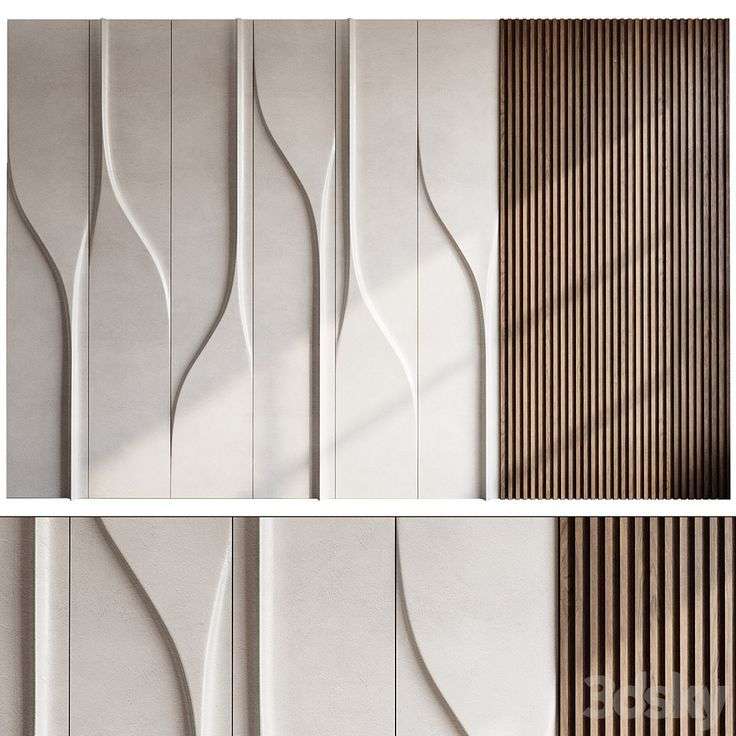Art has long influenced the world of interior design, not only as decoration but as a source of mood, color, and style. Designing interiors inspired by famous artists allows homeowners to bring iconic creativity into their personal spaces. Whether it’s the swirling skies of Van Gogh or the bold geometry of Mondrian, art-inspired interiors are both expressive and timeless.

Vincent van Gogh: Emotion in Color and Texture
Van Gogh’s work is known for its expressive brushstrokes, emotional depth, and rich color palette. To bring this into a space, focus on deep blues, ochres, and starry night motifs. Use textured wallpapers or brushstroke-inspired fabrics to mimic the painterly quality of his work. Swirls and organic patterns can be used in area rugs, throw pillows, or wall art to add motion and feeling, turning any room into a poetic, emotionally charged sanctuary.
Piet Mondrian: Structure Through Color and Line
Mondrian’s iconic compositions of primary colors and black grid lines are perfect for modern interiors. His style fits naturally with minimalism and geometric design. Incorporate red, yellow, and blue blocks into furniture upholstery, rugs, or cabinetry. Clean lines and symmetry will help reinforce this aesthetic, creating a visually organized space that still feels playful and energetic.
Frida Kahlo: Culture, Nature, and Bold Expression
Frida Kahlo’s vibrant self-expression and love for Mexican culture make her a rich inspiration for bohemian and eclectic interiors. Embrace vivid colors like magenta, turquoise, and deep green. Add natural elements such as floral patterns, exotic plants, and handcrafted textiles. Traditional Mexican tiles, antique wood furniture, and symbolic decor can create a home that feels intimate, soulful, and alive with storytelling.
Claude Monet: Soft Light and Natural Harmony
Monet’s Impressionist masterpieces capture light, water, and landscapes in delicate hues. To channel this, focus on soft pastels, layered lighting, and flowy textures. Use sheer curtains, gentle gradients, and floral artwork. Nature-inspired decor, such as lily pond prints or water-colored wallpapers, can evoke the tranquility and romance of Monet’s world. This style suits bedrooms, reading nooks, or any space intended for rest and reflection.
Jackson Pollock: Controlled Chaos and Energy
Pollock’s drip painting style translates into high-energy, abstract interiors. Think of bold, splattered artwork, black-and-white contrasts, and asymmetric furniture arrangements. Use this approach to inject energy into contemporary or industrial spaces. Avoid clutter, but don’t be afraid to make bold choices—like a dramatic accent wall or statement rug with a seemingly random pattern that pulls the room together.
Yayoi Kusama: Whimsy Through Repetition
Yayoi Kusama is best known for her use of polka dots and immersive installations. Her work inspires playful and surreal interiors filled with repetition and contrast. Use dotted patterns on cushions, walls, or light fixtures. Opt for high-contrast palettes like black and white or red and yellow. Incorporating mirrors or reflective materials can add the illusion of infinite space—a nod to her famous Infinity Rooms.
Henri Matisse: Joy in Shape and Color
Matisse’s cut-out technique and Fauvist color palette create a lively, uplifting interior style. Think organic shapes, abstract forms, and joyful color clashes. Use wall decals or mural-style art pieces in the spirit of his cut-outs. Upholstery and cushions with leaf-like patterns or irregular forms can bring a sense of creative spontaneity to the room. This style is ideal for children’s rooms, studios, or creative workspaces.
Salvador Dalí: Surreal and Dramatic Statements
Dalí’s surrealism offers endless potential for bold, avant-garde interiors. Incorporate dreamlike elements—melting clock motifs, unexpected furniture shapes, or fantastical sculptures. Use rich colors like crimson, gold, and black to evoke drama. Lighting can play a key role here: opt for unique, sculptural fixtures that create striking shadows and depth.
Creating a Gallery of Inspiration
You don’t need to dedicate an entire room to a single artist. Mix elements from various inspirations in different rooms or use a “gallery wall” approach to celebrate artistic influence. Prints, books, and sculptures tied to different art movements can coexist in a thoughtfully curated way. This eclecticism reflects a deep appreciation for creativity and personal taste.



